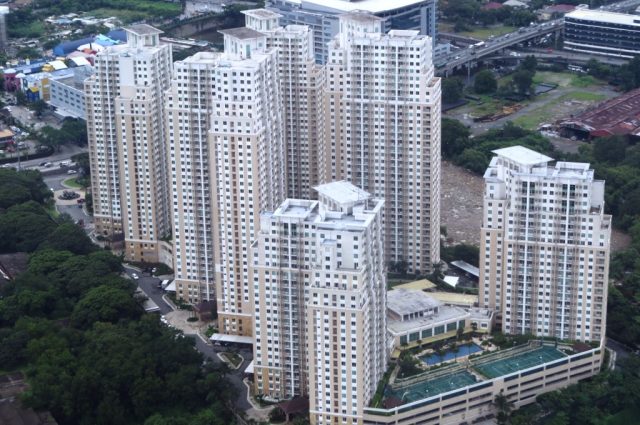MANILA – Prices of real property in the Philippines remain reasonable, an analyst of an international debt watcher said, even as he flagged that residential rates appear “frothy” at this point amid increased rentals rather than outright purchases.
“We are not seeing a bubble at this point,” S&P director for financial institution ratings Ivan Tan said in a recent webcast, even as he voiced concern on developments in the residential segment.
“I’m less comfortable with the residential real estate space. There’s no bubble yet there but it’s looking frothy at this point,” Mr. Tan noted.
“You have a lot of Filipinos — due to poor traffic conditions — they like to have a place near their workplace. A lot of this is actually rented rather than owned at this point.”
Economists have been watching whether real property price increases have been fueled by actual need for homes, rather than volatile drivers like speculation.
A property bubble forms due to rising demand for residential units, for instance, encouraging developers to build more, and is said to “burst” as demand stagnates in the face of high prices, sparking a sell-off and potentially jolting the banking system.
Mr. Tan said there is some risk attached to rising property prices driven by rent, even as he noted that this appears supported by steady incomes for now.
“My own view is as long as unemployment stays low and the economy continues to do well — both of which remain true — based on our forecast, this will continue until next year as well,” the credit analyst said.
“Residential real estate prices are a little frothy but will continue to perform reasonably next year as well.”
House prices actually dropped by 4.6% annually in the second quarter, according to the central bank’s latest residential real estate price index.
This marks the first time in two years that residential property prices slid, and compares to a 1.2% increase in January-March and the 11.6% hike recorded in 2016’s second quarter.
Central bank officials have said that property prices remain “volatile,” even as they noted that current levels do not ring alarm bells for now.
On the other hand, S&P said the more buoyant commercial real estate sector remains “pretty comfortable” and is far from seeing a bubble amid “genuine” demand for office space with the booming business process outsourcing industry.
Philippine banks gave out P1.644 trillion worth of property loans as of end-June, according to latest available data from the Bangko Sentral ng Pilipinas.
Bulk of these loans were used for commercial space amounting to P1.083 trillion, while roughly a third or P561.311 billion were handed out for home acquisitions.
The central bank has announced additional reporting requirements for banks, including submission of more detailed information on property loans and project finance, as the regulator further tightens its watch on the sector.




